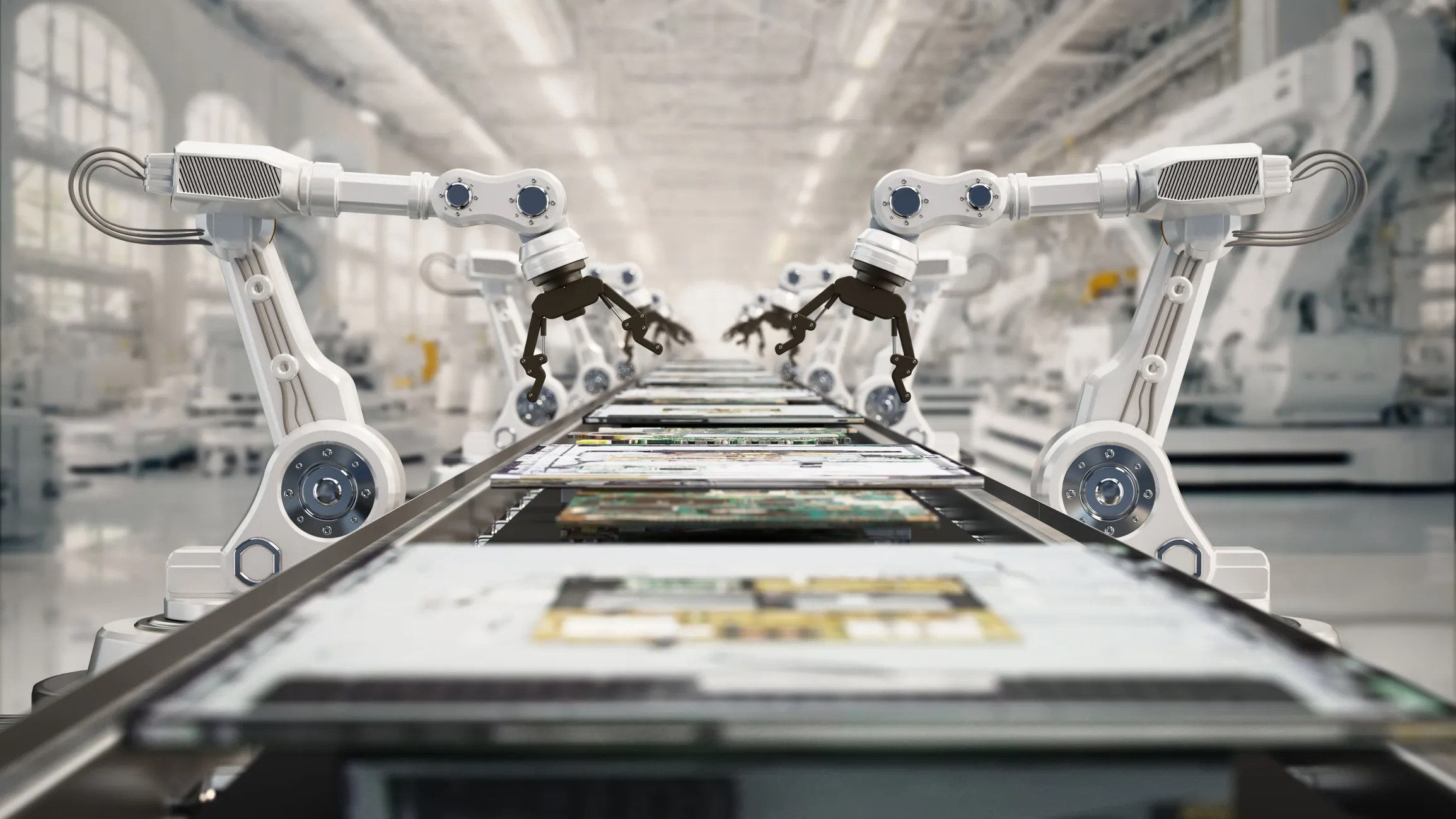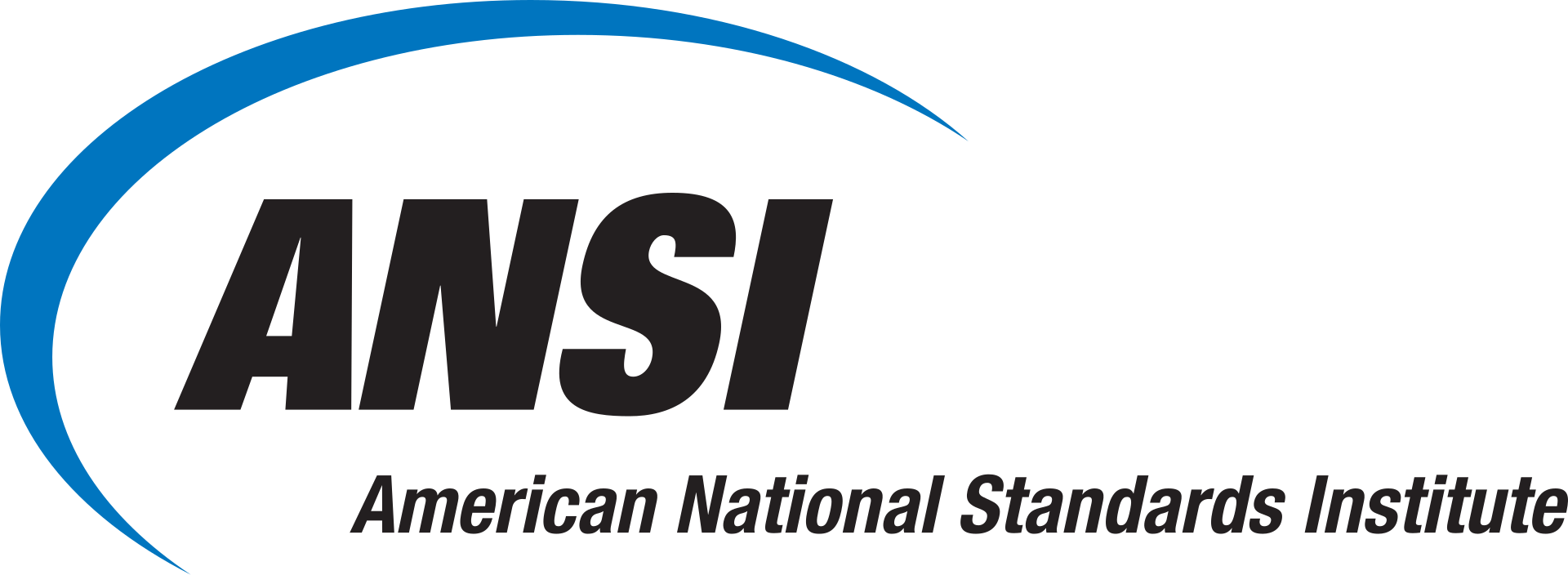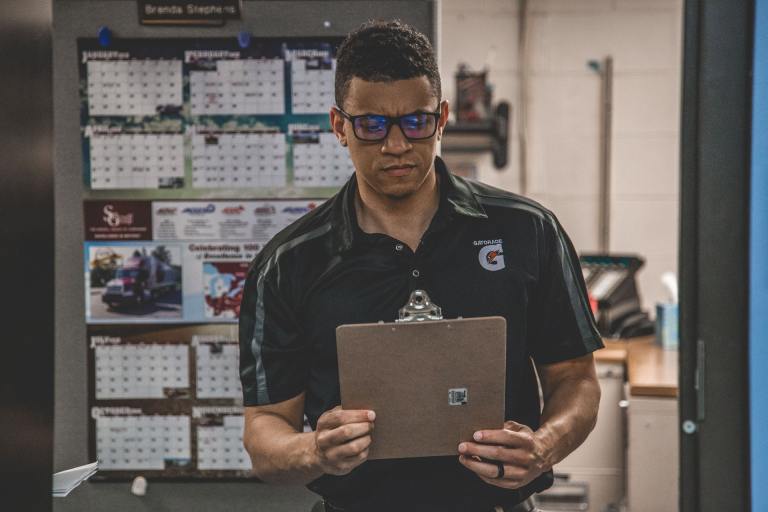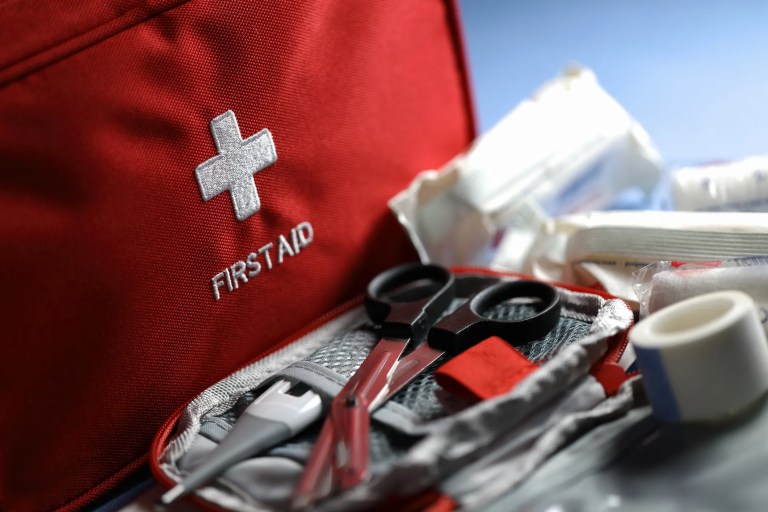How Is AI Used in Robotics?

What makes Artificial Intelligence (AI) so compelling is its ability to breathe life into machines, enabling robots to make decisions independently, learn from experiences, and adapt to complex environments. These capabilities significantly enhance their effectiveness and versatility in sectors like manufacturing, healthcare, transportation, and domestic services. As AI-driven robots become more integrated into our daily lives and industries, the need for clear, consistent standards has never been more critical.
What Is the Difference Between Robotics and AI?
While robotics and AI are closely linked, they are distinct fields with separate objectives and methodologies.
- Robotics (e.g., a robotic arm assembling products or a drone delivering packages) focuses on the physical aspects of machines, designing and building hardware that performs specific tasks. These systems often rely on pre-programmed instructions to function and are often used to handle repetitive or dangerous tasks, enhancing safety, productivity, and efficiency.
- AI is the “brain” (e.g., the chatbot that provides tailored customer support) behind intelligent systems that enable machines to respond dynamically to changing conditions. It involves software capable of learning, reasoning, and making decisions—such as speech recognition, predictive analytics, and autonomous navigation.
Together, robotics and AI contribute to intelligent machines capable of adapting to their environment, transforming industries like healthcare, agriculture, and logistics.
The Role of AI in Robotics Today
AI and robotics are no longer futuristic concepts—they are embedded in our present and are enabling innovative solutions to the challenges faced by businesses of all sizes. Current AI applications in robotics include:
- Industrial automation (e.g., assembly, quality control)
- Healthcare (e.g., precision surgery, patient assistance)
- Autonomous vehicles (e.g., self-driving cars, drones for inspection)
- Logistics (e.g., warehouse robots, automated deliveries)
- Farming and agriculture (e.g., robotic weeders, autonomous tractors)
- Retail and hospitality (e.g., service robots, automate inventory)
AI enables modern robots to learn from data, perceive their environment through computer vision, understand and respond to human language, and make autonomous decisions, leading to increased efficiency, precision, and safety across various sectors.
Concerns of AI and Robotics Integration
This rapid integration of AI and robotics also brings challenges: ethical concerns, cybersecurity risks, data privacy issues, and inconsistent quality across systems. To manage these challenges and assure technologies are safe, interoperable, and ethical, implementing standards is essential.
Key International Standards for AI and Robotics
Here are some significant standards related to AI and robotics:
- ISO/IEC 22989:2022 – AI Concepts and Terminology: This standard provides a common vocabulary for AI, ensuring that researchers, developers, regulators, and users speak the same language. Clear definitions reduce ambiguity and promote better collaboration across industries.
- ISO/IEC 23053:2022 – Framework for AI Systems Using Machine Learning: This standard lays out the structure for how machine learning (ML) is used in AI systems, providing a high-level framework that helps organizations plan, build, and evaluate AI applications in a structured way.
- ISO 10218-1 and ISO 10218-2 – Safety of Industrial Robots: These standards focus on the design and safe use of industrial robots, defining requirements for manufacturers and integrators. Safety is a major concern when humans and robots work side-by-side, and these guidelines help mitigate risks.
- ISO/TS 15066 – Collaborative Robots (Cobots): As collaborative robots become more common in workplaces, ISO/TS 15066 provides guidance for designing safe human-robot collaboration environments, including force limits and safety-rated monitoring systems.
- ISO/IEC TR 24028 – AI Trustworthiness: This standard offers an overview of factors that affect AI system trustworthiness—reliability, robustness, fairness, transparency—and lays the groundwork for risk mitigation strategies.
Why Standards Matter in AI and Robotics
For businesses, governments, and developers, aligning with standards is not just about compliance—it is a commitment to safety, responsible innovation, quality, and more.
- Safety and Reliability: Standards assure that systems behave as intended, reducing accidents or malfunctions—especially critical in healthcare, automotive, and industrial settings.
- Interoperability: AI and robotics systems often involve components from multiple vendors. Standards facilitate compatibility, making integration easier and more effective.
- Ethics and Governance: By embedding principles of fairness, transparency, and accountability, standards help address ethical concerns and foster public trust.
- Global Alignment: Standards provide a common baseline across countries, reducing regulatory fragmentation and enabling smoother international collaboration.
- Innovation Support: Far from stifling innovation, standards provide a clear framework within which companies can experiment and scale more confidently.






